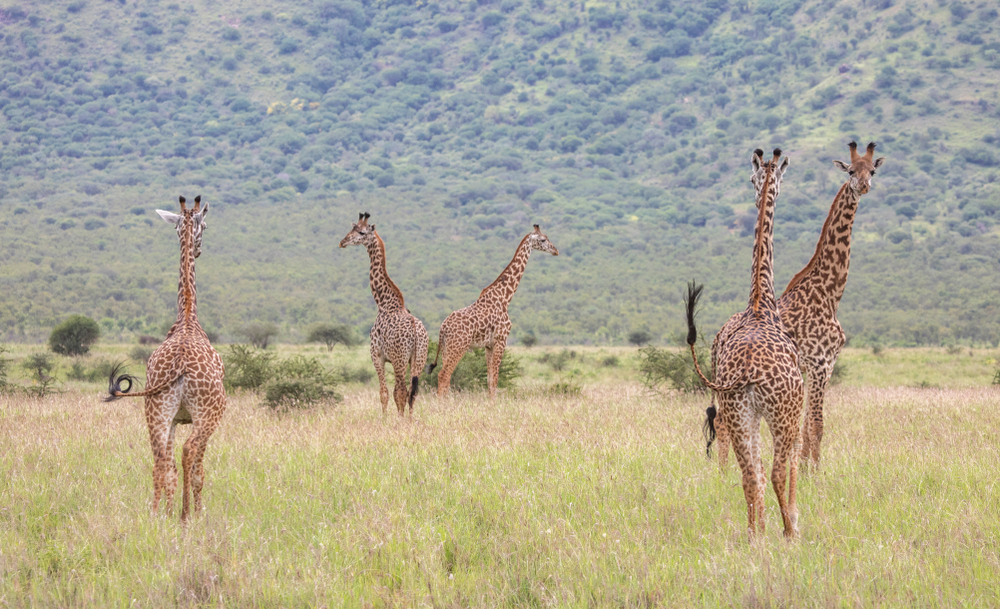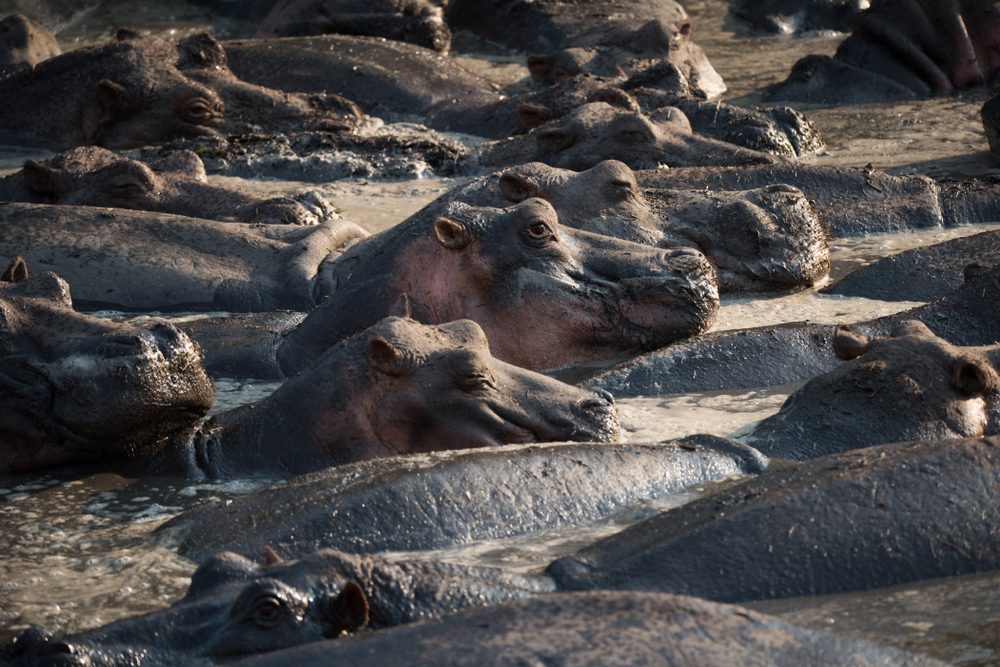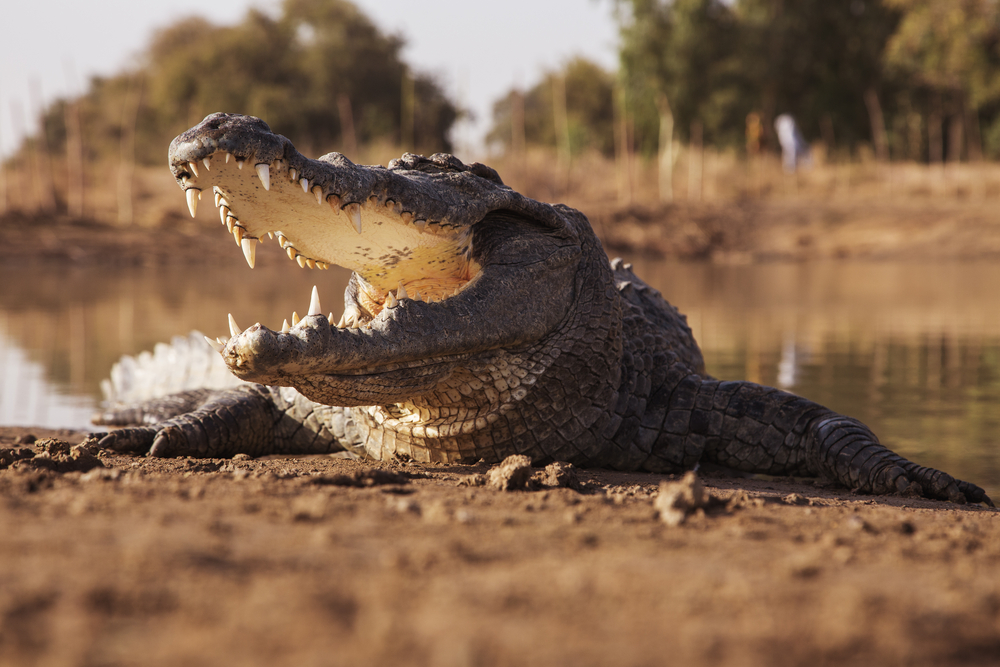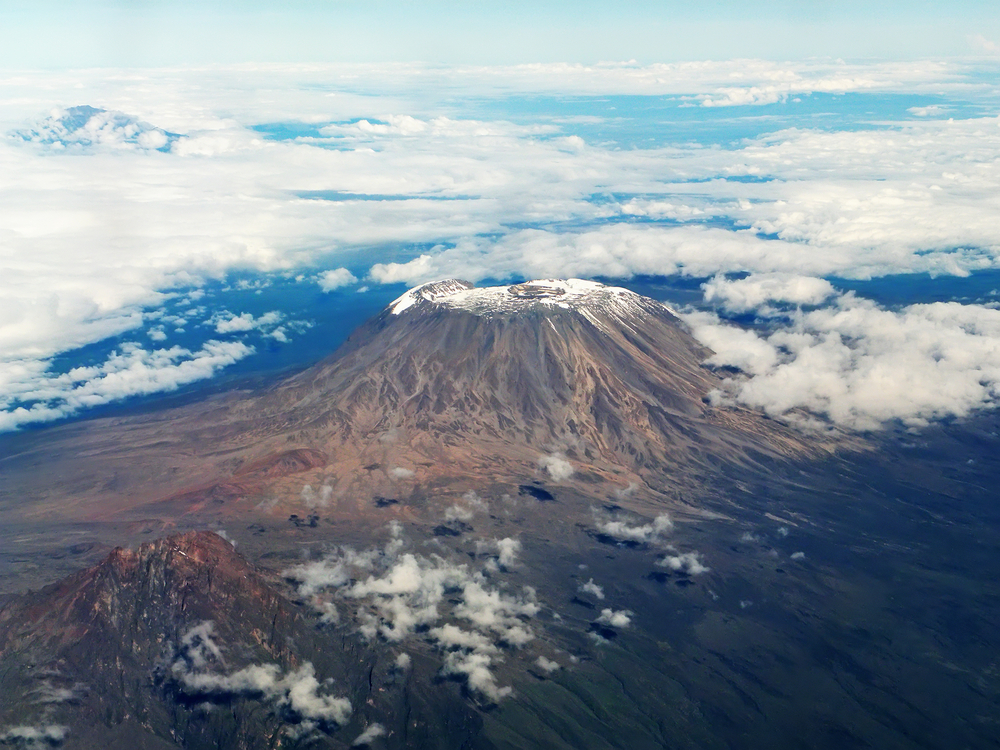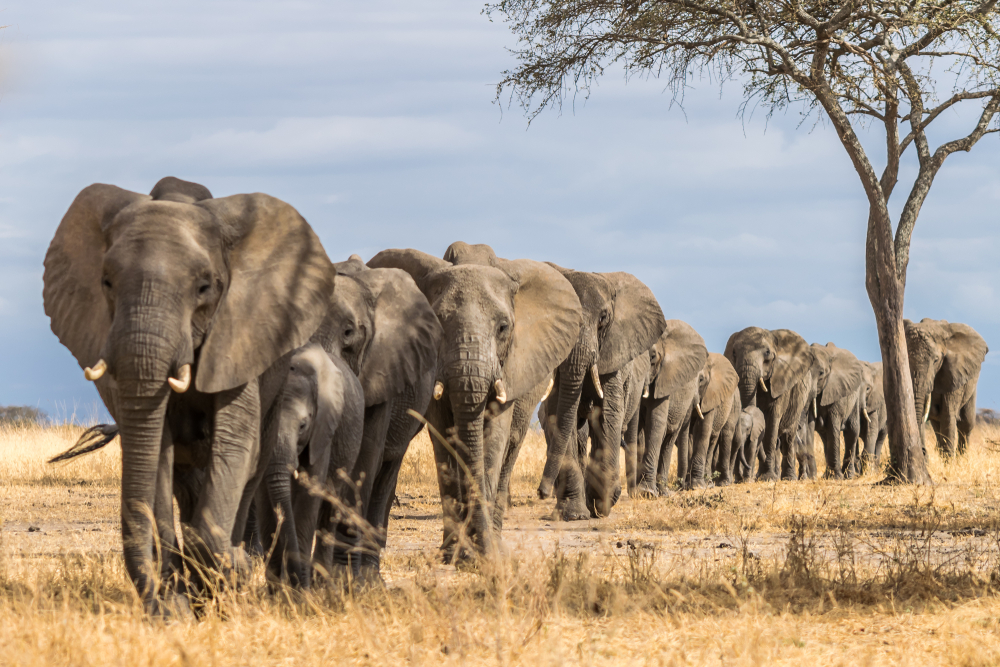Mkomazi Overview
Mkomazi National Park, locally known as Hifadhi ya Taifa ya Mkomazi, is a stunning yet often-overlooked wildlife haven located in northeastern Tanzania, near the border with Kenya. Spanning approximately 3,245 square kilometers (1,253 square miles), Mkomazi lies at the southern tip of the Sahel ecosystem, serving as a vital link between Tsavo National Park in Kenya and Tanzania’s wildlife reserves. Its semi-arid landscape, marked by savannah plains, acacia woodlands, and dramatic mountain ranges, makes it an extraordinary destination for nature enthusiasts and conservationists alike.
The park is dominated by the striking Pare Mountains to the southwest and the Usambara Mountains to the south, which create a dramatic backdrop to its open plains. Seasonal rivers such as the Umba River flow through Mkomazi, sustaining pockets of greenery amid the arid terrain. Though waterfalls are not a prominent feature, the park’s rugged beauty lies in its sweeping vistas, rocky outcrops, and expansive grasslands that stretch to the horizon. On clear days, the majestic silhouette of Mount Kilimanjaro, Africa’s highest peak, can be seen towering in the distance, adding to the park’s allure.
Mkomazi National Park is renowned for its rich biodiversity, particularly its populations of rare and endangered species. The park is one of the few places in Tanzania where visitors can observe black rhinos and African wild dogs, thanks to dedicated conservation efforts. The Mkomazi Rhino Sanctuary was established to protect and rehabilitate the critically endangered black rhino population, while reintroduction programs have successfully supported the recovery of African wild dogs. These conservation initiatives make Mkomazi a significant success story in wildlife preservation.
In addition to its iconic species, Mkomazi is home to a variety of mammals that thrive in its diverse habitats. Giraffes, zebras, oryx, and eland roam the savannahs alongside lesser kudu and Grant’s gazelles. Predators such as lions, leopards, and cheetahs can also be spotted, especially during the early hours of the day. The park’s open plains and woodlands create excellent opportunities for wildlife observation and photography.
Birdlife in Mkomazi is equally remarkable, with over 450 recorded species inhabiting the park’s grasslands, wetlands, and woodlands. Notable species include the purple heron, vulturine guineafowl, eastern chanting goshawk, and the vibrant lilac-breasted roller. Birdwatchers will find the park’s varied ecosystems a haven for observing resident and migratory birds alike.
Mkomazi National Park is a testament to Tanzania’s commitment to conservation. Managed by the Tanzania National Parks Authority (TANAPA), efforts to restore its ecosystems and reintroduce endangered species have been central to its success. Collaborative projects with organizations such as the George Adamson Wildlife Preservation Trust have played a pivotal role in ensuring the survival of black rhinos and wild dogs.
Visitors to Mkomazi can enjoy a variety of activities, including game drives, birdwatching, and guided nature walks. The park’s open plains, striking mountains, and proximity to Mount Kilimanjaro make it a scenic destination for photographers and adventurers. The Mkomazi Rhino Sanctuary provides a unique opportunity to learn about rhino conservation efforts while observing these majestic creatures up close.
In summary, Mkomazi National Park is a hidden gem of Tanzania’s northern circuit, celebrated for its conservation triumphs, diverse wildlife, and striking landscapes. It offers visitors a serene and rewarding safari experience while highlighting the importance of protecting Africa’s endangered species.








































































